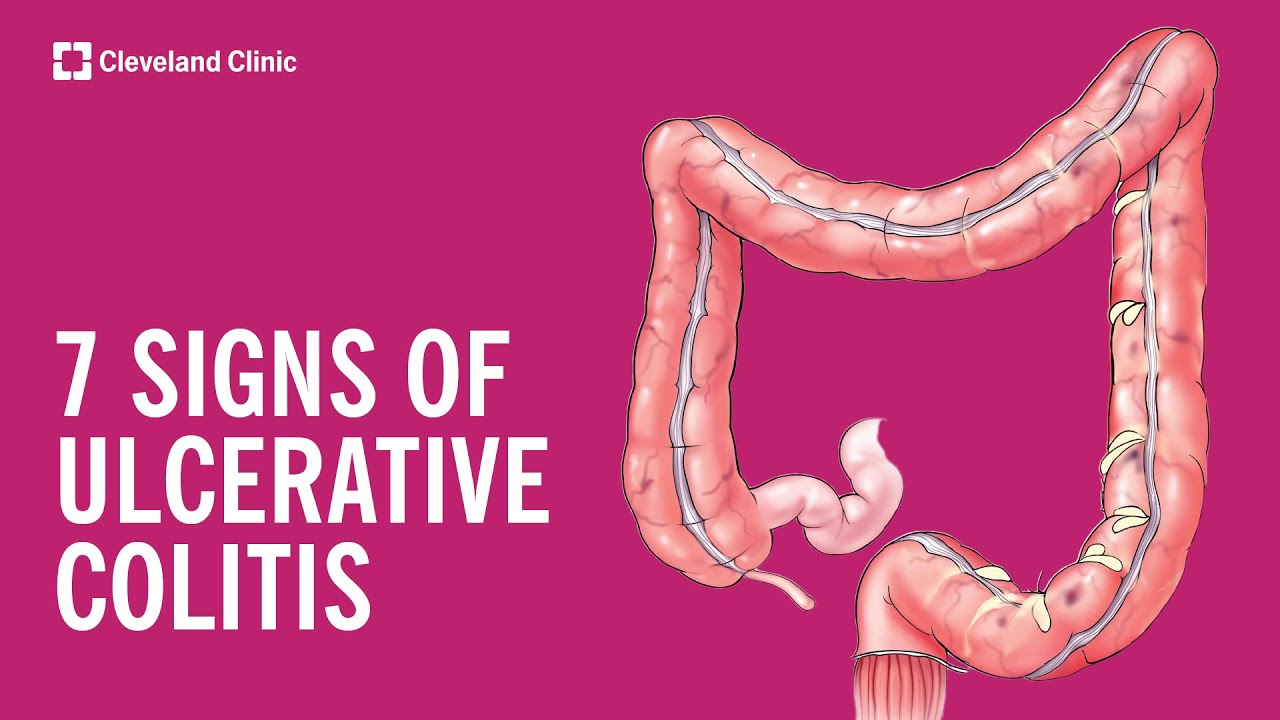NEW YORK (Reuters Health) – Split liver transplantation results in “excellent” patient and graft survival for both pediatric and adult patients, according to the authors of a new single-center retrospective review.
While postoperative morbidity was high, “this is justifiable owing to limited resources,” Dr. Parsia A. Vagefi of the University of California San Francisco and his colleagues conclude in the September issue of the Archives of Surgery.
In a split liver transplant, or partial graft, the donor organ is divided and transplanted into one adult recipient and one child. There are two approaches to the surgery: ex vivo, in which the liver is divided after removal from the donor; and in situ, which involves dividing the liver while it is still in the donor’s body, similar to the protocol used in a living donor transplant. While split liver transplantation has been in use for decades, it still has not gained wide acceptance, Vagefi and his team note; just 3 percent of donor livers are split.
The UCSF researchers conducted a review of 106 patients treated at their center between 1993 and 2010 in order to assess outcomes and compare results with ex vivo and in situ procedures. Vagefi and his colleagues perform the ex vivo procedure exclusively, but 20 patients in the study did receive donor organs that had been removed using the in situ technique at a different center.
Among the 63 adult recipients, one-, five-, and ten-year survival were 93 percent, 77 percent, and 73 percent; overall graft survival was 89 percent, 76 percent, and 65 percent, respectively. After in situ procedures, one-year survival for both patient and graft were 94 percent, and five-year survival was 75 percent. There were no significant differences in survival for the adults who received ex vivo or in situ transplants.
Overall one-, five-, and ten-year survival was 84 percent, 75 percent, and 69 percent for pediatric patients, while overall graft survival was 77 percent, 63 percent, and 57 percent. Survival for ex vivo and in situ split grafts was not significantly different.
Twenty-nine percent of adult patients developed biliary complications, while 11 percent had vascular problems and 11 percent required unplanned exploratory surgery. Eight percent developed incisional hernia, while one patient each had small for size syndrome, required a shunt when the transplant was performed, or had primary nonfunction of the donor organ. In the pediatric patients, there was one case of primary nonfunction, while 40 percent of patients developed biliary complications and 26 percent had vascular complications.
“We recognize that there is a higher risk associated with split liver transplantation in terms of potential complications, and we inform our patients that it’s a decision they have to make,” Vagefi told Reuters Health. “If they’re willing to assume that extra risk with the hope of getting transplanted earlier, these are the patients who choose to consent for split liver transplant.”
The current findings can’t show whether ex vivo or in situ splitting is best, Vagefi noted in an interview. “Whichever technique people become comfortable with being able to apply, that is only going to be able to help more recipients in the end.”
Dr. Johnny C. Hong, director of the Living Donor Transplantation Program at the David Geffen School of Medicine in at UCLA, agreed. “Whatever is your comfort zone that will allow you to achieve the best results, then you should practice that,” said Hong, who co-authored an editorial accompanying the new study.
In order to expand the use of split liver transplantation, Hong noted in an interview, it will be necessary to train more surgeons to do it, and identify a learning curve for the procedure. “It’s a technically very highly demanding procedure,” he said. “You don’t want people to start doing this Rambo-style. It would cost people’s lives and waste organs.”
Reference:
Outcomes With Split Liver Transplantation in 106 Recipients
Archives of Surgery, September 2011.







